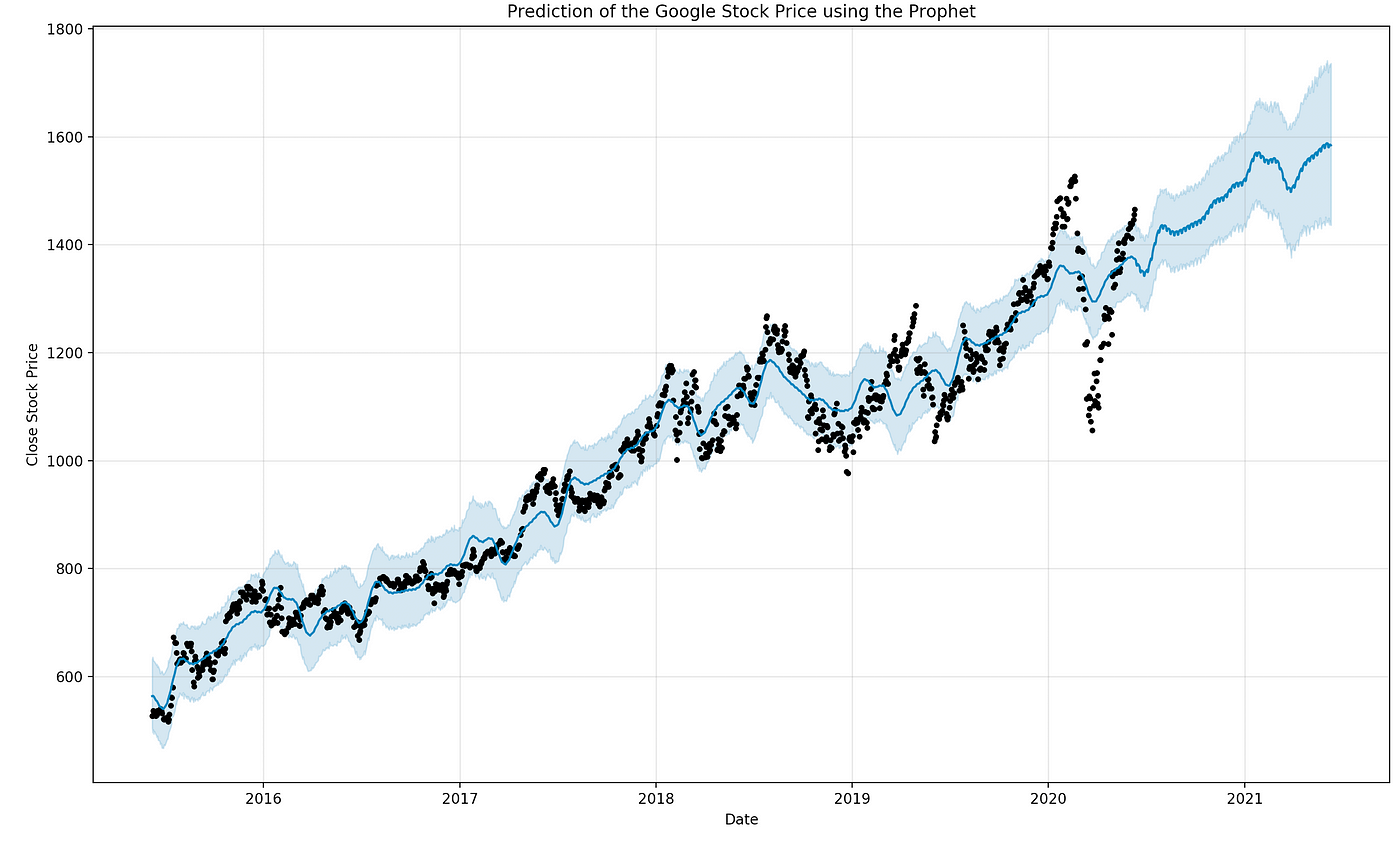A Journey Through Time Series Forecasting
 Aishwarya Jagadish
Aishwarya Jagadish
Time series forecasting is a pivotal component of data analysis, instrumental in the prediction of future data points based on historical patterns and trends. This disciplined endeavor allows data scientists, business analysts, and enthusiasts alike to harness the power of past data to anticipate future developments with data-driven precision.
Within this comprehensive guide, we shall embark on an exploration of the intricate realm of time series forecasting. This journey promises to equip individuals, regardless of their background, with an in-depth understanding of the methodologies, techniques, and principles governing the prediction of time-based data.
Traditional Statistical Methods
Moving Averages: A technique akin to data smoothing, moving averages provide a means to attenuate noise and highlight underlying trends by averaging data over specific time intervals.
Exponential Smoothing: Exponential smoothing represents a contemporary approach to data smoothing by assigning varying weights to recent and older data points, and granting prominence to recent observations.
ARIMA Models: AutoRegressive Integrated Moving Average models, the epitome of statistical rigor, deconstructs historical data into distinct components namely autoregressive, integrated, and moving averages.
Machine Learning Based Approaches
Linear Regression: Linear regression entails the fitting of a linear model to data points, aiming to establish a linear relationship between past and future data for predictive purposes.
Random Forests: The concept of random forests introduces an ensemble of decision trees, each contributing its unique prediction based on various data facets. The amalgamation of these predictions yields a robust and accurate forecast.
Gradient Boosting: Representing an evolution beyond random forests, gradient boosting assembles a sophisticated ensemble of models that cooperate to unveil intricate patterns within time series data.
Long Short-Term Memory (LSTM) Networks: LSTMs, a class of neural networks, specialize in sequential data analysis, rendering them exceptionally suitable for the inherent sequential nature of time series data.
Hybrid Models
Prophet: Prophet bridges the gap between tradition and modernity and amalgamates elements of both approaches, thereby rendering it proficient in handling data exhibiting seasonality and holiday effects.
XGBoost with Time Series Features: Enhancing the XGBoost algorithm with specialized time series features elevates forecasting accuracy to an impressive degree.
Evaluation Metrics
Mean Absolute Error (MAE): MAE provides an average indication of the magnitude of errors, thus quantifying the overall accuracy of predictions.
Mean Squared Error (MSE): MSE measures error magnitude by squaring errors, affording greater emphasis to larger discrepancies.
Root Mean Squared Error (RMSE): RMSE is a natural extension of MSE, and preserves the unit consistency of the underlying data.
Mean Absolute Percentage Error (MAPE): MAPE expresses error as a percentage of actual values, thereby rendering it an effective tool for assessing forecasting precision.
Forecast Bias: Forecast bias scrutinizes the consistent overestimation or underestimation tendencies of predictions, offering insight into the directional skew of forecast errors.
Selecting the Right Forecasting Method
Data Style Matters: The choice of forecasting method must align with the inherent characteristics of the data at hand.
Accuracy vs. Understanding: A judicious balance between forecasting precision and interpretability is indispensable.
Computing Power: The computational resources required for specific forecasting methods must be considered in the context of available infrastructure.
Handling Seasonality in Time Series Forecasting
Seasonal patterns are commonly encountered in time series data, such as sales spiking during holidays or temperature variations throughout the year. Techniques like seasonal decomposition of time series (STL) and seasonal autoregressive integrated moving average (SARIMA) models are explored for effectively capturing and modeling seasonal components in the data.
Advanced Forecasting Topics
Dynamic Forecasting: Dynamic time series forecasting, which adapts the forecast as new data becomes available is present. This approach is particularly useful for scenarios where the data evolves over time, such as stock prices or customer demand.
Ensemble Forecasting: The power of ensemble methods in time series forecasting is imminent, where multiple models are combined to achieve higher accuracy. Methods like bagging and stacking are used to improve forecasting performance.
Ethical Considerations in Time Series Forecasting
Fairness and Bias: The ethical implications of time series forecasting, including issues related to fairness, bias, and the responsible use of predictive models in decision-making processes are to be considered.
Privacy and Data Security: The importance of personal and sensitive data protection when conducting time series forecasting, especially in healthcare and finance must be taken care of.
Case Study: Predicting Stock Prices
Data Prep: Preparatory steps include data cleansing, treatment of missing values, and ensuring data readiness for the forecasting endeavor.
Picking Models: The selection of forecasting models necessitates an exploration of diverse approaches and an assessment of their real-world performance.
Putting Models to the Test: Evaluation in a real-world context involves comparing model forecasts with actual stock price movements.
What We Learn?: Insights garnered from the case study entail the analysis of results and the identification of underlying patterns in the financial landscape.

Future Trends in Time Series Forecasting
Artificial Intelligence and Deep Learning: How advancements in AI and deep learning are shaping the future of time series forecasting, allowing models to capture more complex patterns and improve accuracy needs to be given a thought.
Explainable AI: The growing demand for transparent and interpretable time series forecasting models, particularly in industries where regulatory compliance and accountability are paramount.
Conclusion
As this comprehensive exploration of time series forecasting is brought to its conclusion, it should be recognized that this field is dynamic and continually evolving. By staying informed about the latest techniques, ethical considerations, and emerging trends, one can remain at the forefront of time-based data analysis and make more informed decisions in data-driven endeavors. The world of forecasting is vast and offers endless opportunities for those willing to explore its depths.
Subscribe to my newsletter
Read articles from Aishwarya Jagadish directly inside your inbox. Subscribe to the newsletter, and don't miss out.
Written by

Aishwarya Jagadish
Aishwarya Jagadish
I am a CS grad specializing in Artificial Intelligence at the University of Southern California. I am eager to learn, grow and make a meaningful impact in the ever-evolving world of Artificial Intelligence and Machine Learning.